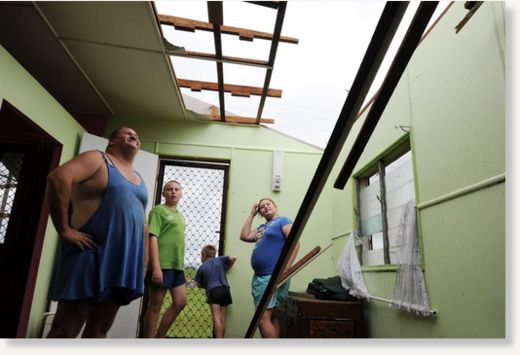
© AFP/Getty Images/File/Chris GraythenA survey of oyster habitats around the world has found that the succulent mollusks are disappearing fast and 85% of their reefs have been lost due to disease and over-harvesting. Most of the remaining wild oysters in the world, or about 75 percent, can be found in five locations in North America, said the study published in BioScience, the journal of the American Institute of Biological Sciences.
A survey of oyster habitats around the world has found that the succulent mollusks are disappearing fast and 85 percent of their reefs have been lost due to disease and over-harvesting.
Most of the remaining wild oysters in the world, or about 75 percent, can be found in five locations in North America, said the study published in BioScience, the journal of the American Institute of Biological Sciences.
An international team of researchers led by Michael Beck of the Nature Conservancy and the University of California, Santa Cruz, examined the condition of native oyster reefs in 40 ecoregions, including 144 bays.
"Oyster reefs are at less than 10 percent of their prior abundance in most bays (70 percent) and ecoregions (63 percent)," said the study.
"They are functionally extinct -- in that they lack any significant ecosystem role and remain at less than one percent of prior abundances in many bays (37 percent) and ecoregions (28 percent) -- particularly in North America, Australia and Europe."
By averaging the loss among all regions, the researchers came up with an estimate that 85 percent of oyster reef ecosystems have been lost, but said that figure was likely low because some areas lacked historical records for comparison.
The study also did not include oyster reefs in parts of South Africa, China, Japan, and North and South Korea.



Comment: The cyclone remains active over land and is making its way further into the rural townships of northern Queensland. Have a look at the current satellite image.